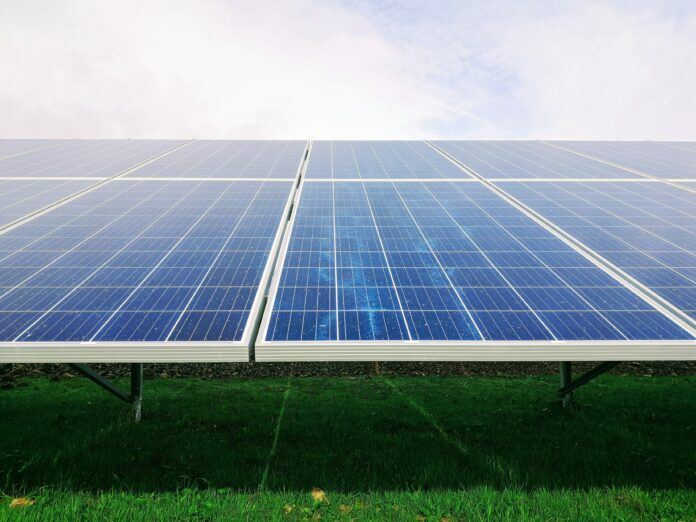In recent years there has been a significant increase in the use of Photovoltaic Panels, mainly due to a greater development of the renewable energy sector. To date, many are choosing the green alternative, both for energy saving and for economic savings. Let’s find out what photovoltaic solar panels are, how they work, and how they save you money.
Photovoltaic Panels: What They Are
PV panels are special rectangular modules assembled together. Each individual panel uses the energy that the sun naturally produces to produce electricity. The photovoltaic cells inside each module transform sunlight into energy.
It is the cells that channel the rays, which are easily captured thanks to the position where the modules are installed, which is the roof. In fact, the roofs of buildings are the privileged points for placing photovoltaic solar panels, precisely because the sun’s rays reach them easily at any time of day.
However, there are cases in which the modules can also be installed on the walls of buildings if there are no urban planning restrictions. The PV panels are all made with a silicon base and are divided into three types:
Crystalline Photovoltaic Panels
They are composed of monocrystalline silicon modules and perform best at low temperatures.
Polycrystalline Photovoltaic Panels
They are less efficient than the former but produce more at high temperatures and are also cheaper.
Thin-film Photovoltaic Panels
They are based on amorphous silicon and offer excellent performance when there are high temperatures or perhaps there is not a good diffusion of light.
Another type of photovoltaic panel is the concentration one, whose yield goes beyond 30%.
Photovoltaic Panels Functioning
The modules capture the sun’s rays and transfer them to the photovoltaic cells, thus producing low voltage electricity.
In order to use energy, it must be converted into a 220-volt alternating current. The conversion takes place using DC / AC inverters, electronic devices that transform the current produced continuously into alternating current and channel it to better use it in the home.
Photovoltaic Panels: How They Save
A photovoltaic system allows you to independently produce energy using solar panels and represents an investment that generates considerable economic savings in the long term. Here’s how photovoltaic solar panels save:
Reduction Of Electricity And Gas Bills
The self-produced energy thanks to the PV panels guarantees autonomy regarding the energy needs necessary to carry out normal daily activities. It is, therefore, possible not to use electricity on the network, thus reducing the cost of bills. Even on gas, expenses can be reduced by 50%.
Reduced Maintenance Of Household Appliances
The hot water produced thanks to the solar panels does not contain limescale and therefore this means fewer breakdowns to appliances and lower maintenance costs.
Increase In The Energy Class Of The House
Pv panels increase the energy efficiency level of the building and consequently, the market value grows.
The Yield Of Photovoltaic Panels
The performance of PV panels is determined by a series of factors which are the following:
- Performance and characteristics of the materials chosen for the panels, inverters, and all the various elements of the system
- Correct exposure of PV panels to solar radiation
- Modules inclination of 30-35 degrees
- Composition of the light spectrum
- Operating temperature of materials as they have a tendency to reduce performance in too hot environments
- System cleaning
Calculation Of Photovoltaic Panels Needed
To calculate the PV panels necessary to meet your energy needs you have to look at your electricity bills and determine the consumption of electricity, expressed in kWh, daily and annually. It will be sufficient to calculate the kWh consumed over a year to obtain the total consumption, then you will have to divide the result by 365.
The final value is the average daily electricity consumption. The energy production of PV panels is also expressed in kWh and to meet your daily needs it must correspond to the annual energy consumption.
For example, if you need 3000 kWh of electricity, you need an average of 12 polycrystalline panels of 250 watts. However, these are always approximate data and the factors listed above must be taken into account. To identify the exact calculation of the panels necessary to meet your electricity needs.







